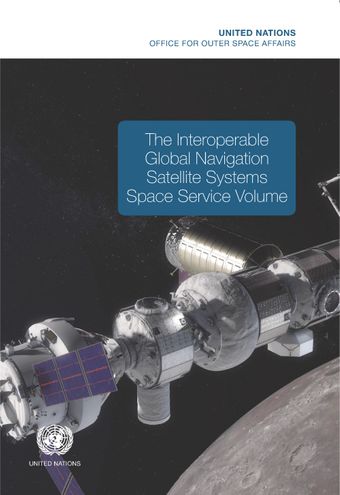Introduction

- Author: United Nations Office for Outer Space Affairs
- Main Title: The Interoperable Global Navigation Satellite Systems Space Service Volume , pp 1-2
- Publication Date: August 2019
- DOI: https://doi.org/10.18356/84d8f312-en
- Language: English
- Previous Chapter
- Table of Contents
- Next Chapter
The vast majority of Global Navigation Satellite System (GNSS) users are located on the ground, and the GNSS systems are designed to serve these users. However, the number of satellites utilizing on-board GNSS space receivers is steadily growing. Space receivers in the SSV operate in an environment significantly different than the environment of a classical terrestrial receiver or GNSS receiver in low Earth orbit. SSV users span very dynamic and changing environments when traversing above and below the GNSS constellation. Users located below the GNSS constellation can make use of direct line of sight (LoS) signals, while those above the orbit of the GNSS constellations must rely on GNSS signals transmitted from the other side of the Earth, passing over the Earth’s limb. These space users experience higher user ranging error, lower user-received power levels, and significantly reduced satellite visibility.
-
From This Site
/content/books/9789210474405c002dcterms_title,dcterms_subject,pub_keyword-contentType:Journal -contentType:Contributor -contentType:Concept -contentType:Institution105

